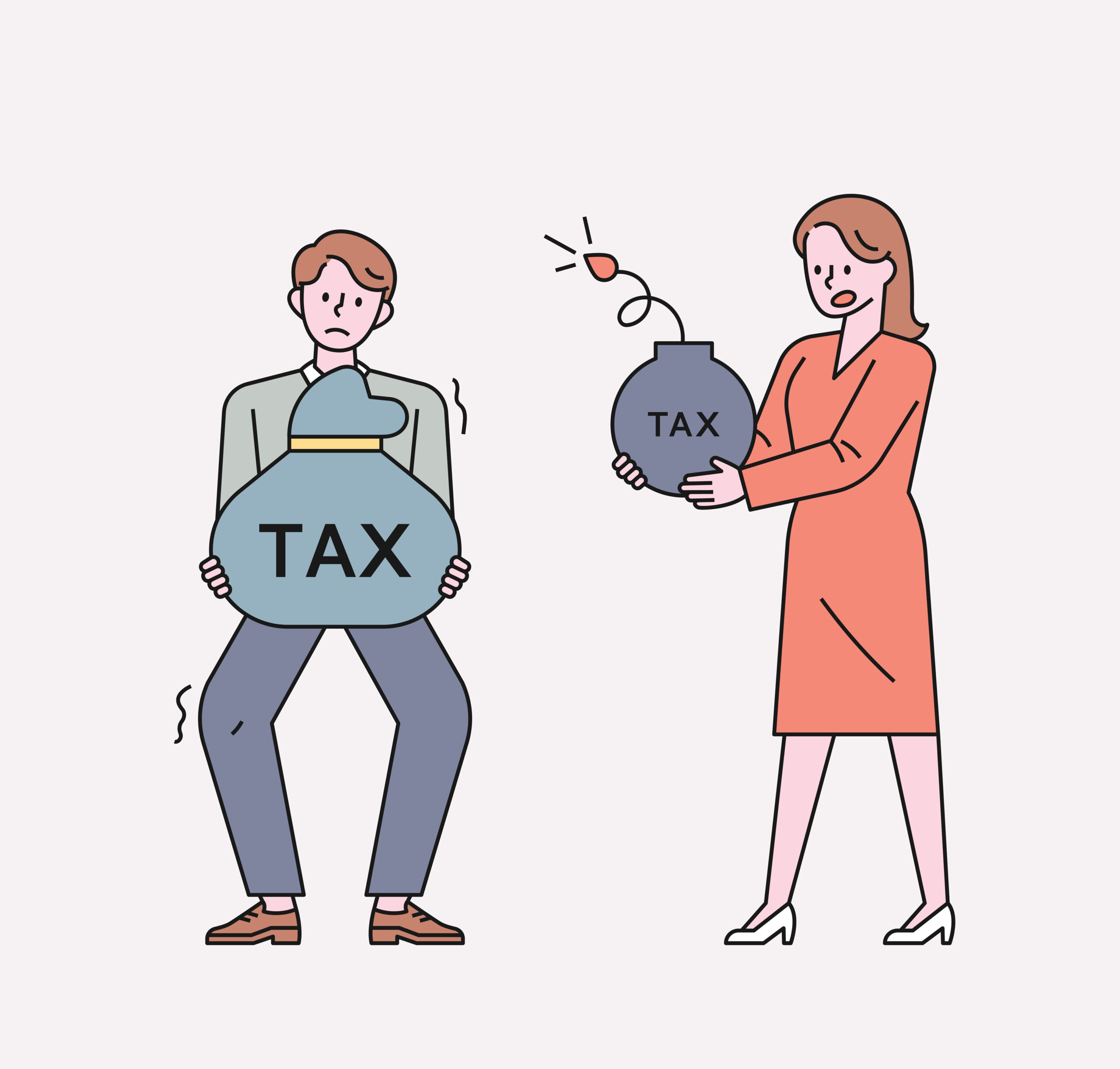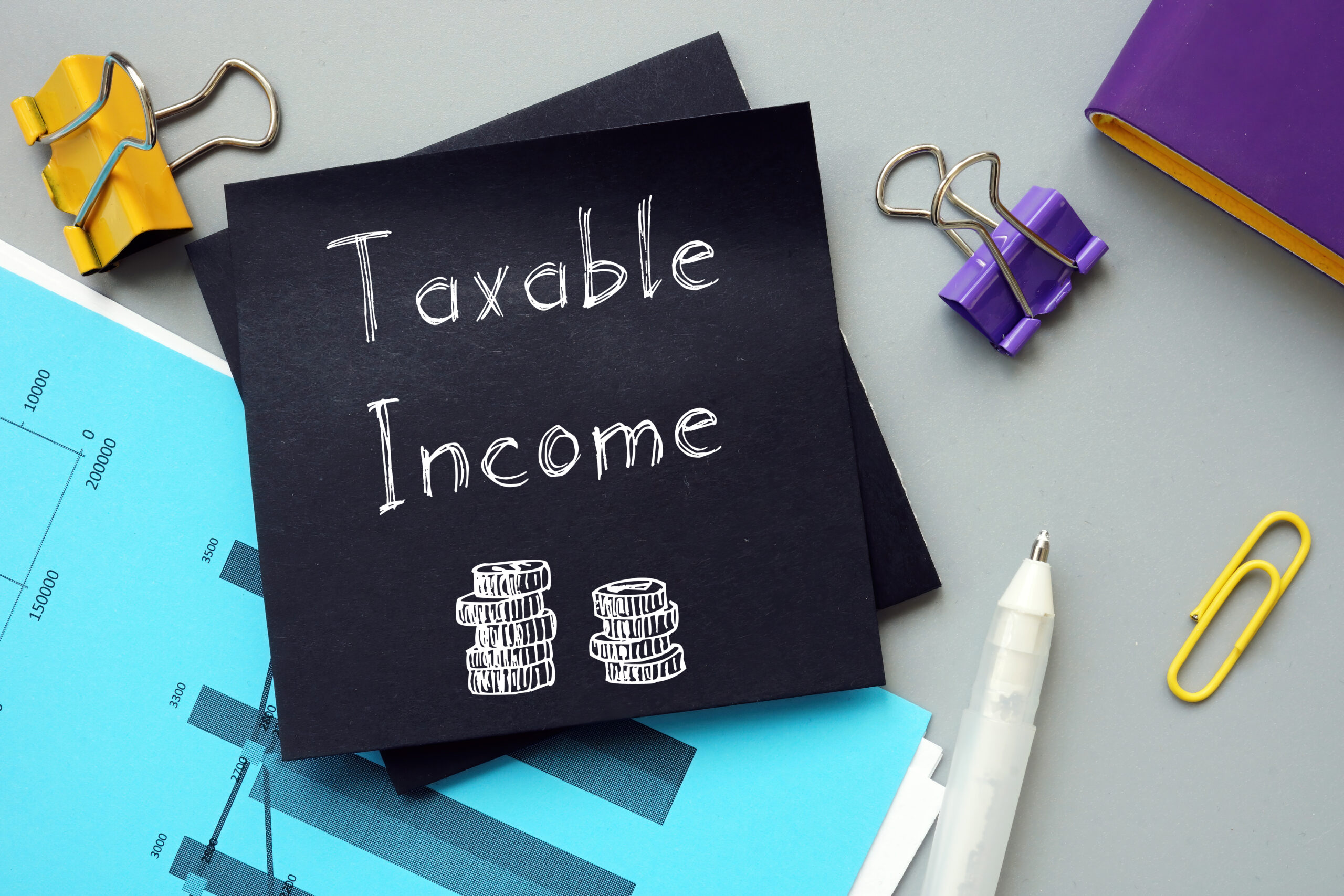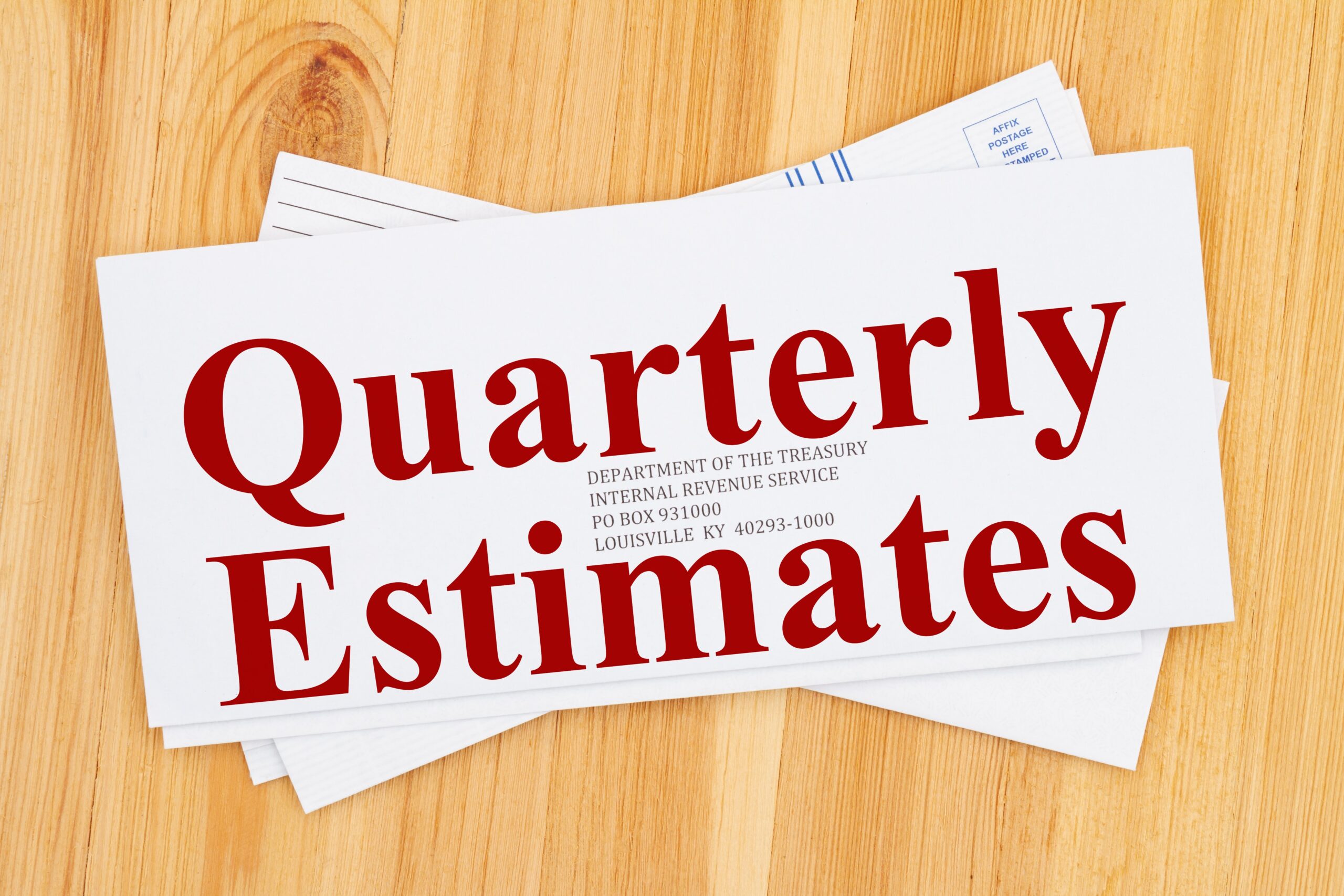When it comes to taxes, not all income is created equal in retirement. Two critical factors will determine how retirement income is taxed: (1) where it comes from and (2) when you use it.
Of course, you want to keep the tax rate on your income as low as possible to provide more for you and less for Uncle Sam. The less drag taxes have on your income, the more of It you get to enjoy.
In retirement, you may rely on multiple different sources of income. And more often than not, different sources are utilized more heavily at different times in retirement to accommodate for taxes, comply with Required Minimum Distributions (RMDs), and allow their investments to grow and compound as long as possible.
Let’s take a look at some of the common sources of income in retirement and briefly discuss the tax implications of each.
Social Security
The amount of tax you pay on your social security income will depend on the amount of income you have coming in from other sources but ranges from 0%-85%. That’s a huge range. Of course, 0% is reserved for those who receive no other form of income.
Most retirees have other sources of income, though, in which case the IRS will determine your taxable amount based on a calculation of your “combined income.” You can find your combined income amount by taking ½ of your Social Security benefits and adding them to your other reported income source, including tax-exempt interest. As you can see, the more money you make, the more of your social security benefits will be taxed; however, the taxable amount will not exceed 85%.
Keep in mind, your lifetime social security benefit amount will be determined by when you start to claim benefits. If you claim early (before Full Retirement Age), you receive a decreased lifetime benefit. If you delay, you can earn an increased lifetime benefit. And if you claim at Full Retirement Age (FRA), you will receive your full benefit amount—no more and no less.
As you may have gathered by now, deciding when and from where to take your retirement income will be a significant cornerstone in your retirement income plan.
Traditional IRAs and 401(k) Withdrawals
Income from traditional IRAs and 401(k)s are referred to as tax-deferred income. That means you received a tax break when you made contributions to these accounts but are taxed on the funds upon withdrawal.
Income from tax-deferred retirement accounts can be particularly burdensome when added to other income sources. This is why diversifying your retirement income sources is so important. Many who are getting ready to retire make the mistake of contributing so much to their traditional IRA and 401(k) accounts, that they become “tax-deferred rich.” Not only are they pushed into a higher tax bracket in retirement, but their “combined income” amount for social security increases the tax they owe on social security benefits, as well.
Essentially, the more funds you expect to receive from tax-deferred assets, the more you’ll need to plan. You can either (1) save more to cover the taxes accompanying the withdrawals or (2) put together a strategy for offsetting your ordinary income. The ultimate goal is to spread your tax burden out over time to minimize the taxes you pay in retirement.
Required Minimum Distributions
You’ll also want to keep in mind that there are deadlines as to when to use traditional IRA funds. You cannot keep retirement (IRA) funds in your account indefinitely. In general, retirees are required to start taking Required Minimum Distributions (RMDs) from their IRA, SIMPLE IRA, SEP IRA, or retirement plan account when they reach age 70½. However, changes were made by the Setting Every Community Up for Retirement Enhancement (SECURE) Act in 2019 that allow individuals turning 70 on or after July 1, 2019, to delay until age 72 without penalty.
Investment Income
For tax purposes, dividends, capital gains, and interest income are treated no differently as retirement income than pre-retirement income. The main difference, of course, is that you’ll likely rely more heavily on your investment income in retirement than you did when you were still working. More income generation = more tax.
The type of tax the income is subject to depends on how you generate the income.. Is the income produced while the owner still holds the investment or by selling the investment? The former would be income returned in the form of interest, dividends, or rent on real estate, while the latter would be the revenue generated from a sale. The former is generally considered ordinary income and is taxed in the same way a paycheck would be, but the sale of an investment is subject to long-term or short-term capital gains, depending on whether the asset was held over or under a year.
Looking at the Big “Retirement Income” Picture
Social Security, RMDs, and investment income are just a few of the considerations for an effective retirement income plan. And, of course, this list is by no means exhaustive. All retirees enter this phase of life with different resources and assets they intend to rely on for retirement income. Ultimately, decisions about when to take income from where will significantly impact your income in retirement.






